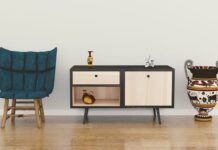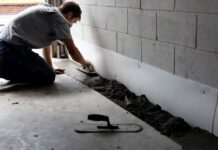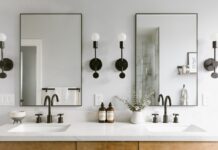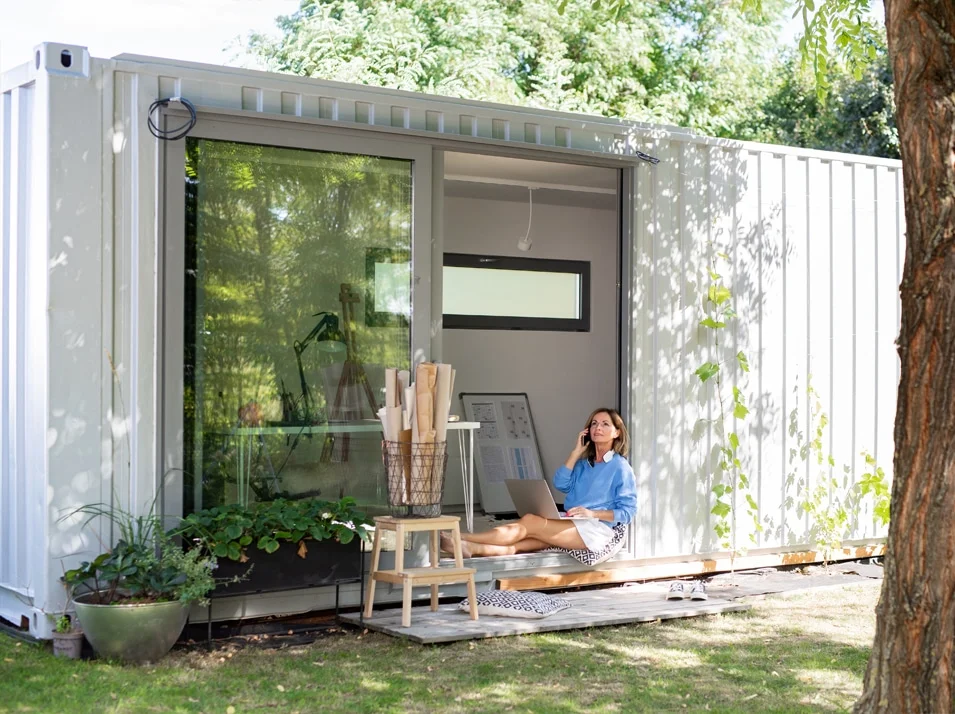
1. Introduction to housing containers
Currently, housing containers have become a new container market. Housing containers have the characteristics of fast transportation and have the advantage of being used alone or in combination. They can not only be used as small houses, bathrooms, kitchens, laundry rooms, small conference rooms, offices, small supermarkets, etc., but can also be used as larger conference rooms, villa-style residences, hospitals, hotels, office buildings, etc. through combined design and assembly.
In addition, housing containers can also be widely used in temporary activity sites, such as oil fields, mines, war sites, and areas where houses were damaged after disasters. Generally speaking, the use of housing containers is highly temporary.
In colloquial terms, a container house built from a container house is a steel-framed house similar to a container, also known as a box building.
The main structure and interior and exterior decoration of the container house, including internal hydropower installation, functional area division and room supporting facilities (such as color TV, refrigerator, washing machine, bathing equipment, hygiene and furniture, etc.), were all completed in the factory. The projects completed at the construction site include installation of housing containers on prefabricated pedestals, hydropower connections and partial improvement processes, indoor distribution cabinet installation and power connection, house water inlet and outdoor The connection of the water source network and the connection between the sewage outlet of the house and the sewage network outside the house, etc.
The construction of housing containers has the characteristics of industrial production, reflecting the characteristics of rapid, variable, simple and efficient construction; using a non-masonry structure, the overall weight is light, and the steel structure is connected through nodes, and the extensibility and mobility of the structure make it have strong seismic resistance; it has an overall bottom structure, which is convenient to set up a damper, and its seismic effect is more obvious under the action of the damper.
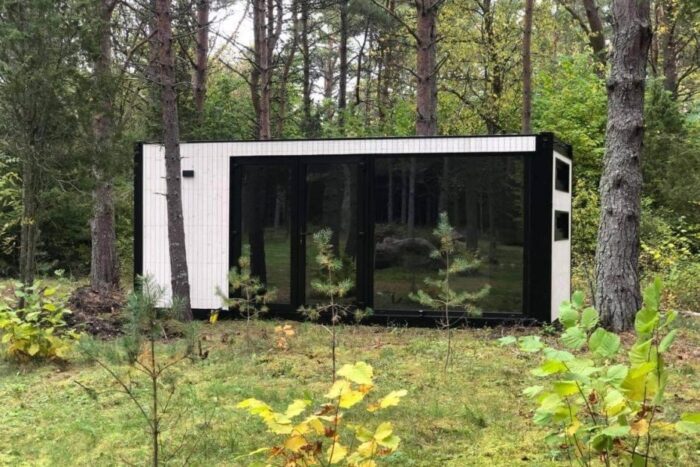
2. Characteristics of housing containers
Advantages of housing containers:
(1) Generally, steel structures are the main ones, supplemented by wooden structures;
(2) The structure is welded or bolted, and its reliability can be guaranteed through process inspection or post-completion testing;
(3) The box has an insulation layer, and the insulation effect is obvious. The houses built with it have better insulation performance than traditional masonry houses;
(4) The doors and windows of houses built from them have strong reliability, safety and flexibility, and are more individualistic;
(5) Its interior decoration and decoration adopt industrial standards, so that safety and reliability can be improved;
(6) The design and installation of hydropower meets the installation regulations and standards of the region of use;
(7) It has certain wind resistance, earthquake resistance and snow resistance, and can be verified through impact tests;
(8) Fire protection design is more reasonable;
(9) The area utilization rate is high, and the wall thickness of the house it is constructed from is less than the wall thickness of the masonry structure house (generally 240mm);
(10) The total quality of houses built from it is lower than that of ordinary buildings, and the pressure on the foundation is less.
Disadvantages of housing containers:
(1) The fire resistance is insufficient. When the combustion temperature reaches 600℃, the steel structure will melt;
(2) The steel structure is prone to corrosion, and anti-rust measures must be taken.
Relevant supervisory authorities can track and inspect the construction process of housing containers, including supervision and management of procurement projects, evaluation, and selection of manufacturers, design review, typhoon prevention calculation review, inspection and certification of raw materials and components, production process quality control, circuit and water pressure testing before leaving the factory, control of production progress and delivery time, and pre-delivery inspection, etc.
In short, the entire construction process of housing containers should be carried out under the supervision of a third party so that their quality can be guaranteed.
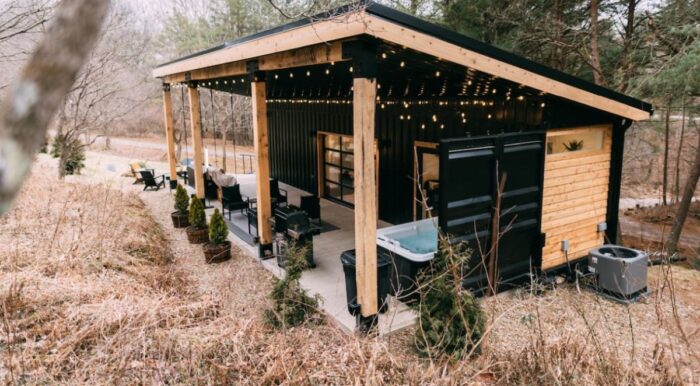
3. Classification of housing containers
3.1 Dry box type housing container
Dry box housing containers reflect some of the main features of dry cargo containers. Their steel structure is a dry box structure stretched on the basis of ISO standard containers, and internal and external insulation layers, decorative panels, etc. are added to complete the main structure.
Keels are installed between the internal and external insulation layers to increase the strength of the interior wall; the floor uses foamed cement board or fiber cement board, and the surface laying materials can be plastic flooring, wooden floors, bamboo and wood floors or pasted floor tiles.
Interior walls generally use gypsum board or fiber cement board, and then wallpaper is laid; rock wool, glass fiber or polyurethane foam materials can be used as insulation materials according to the usage environment.
The internal facilities are equipped in accordance with customer requirements, and the transportation corners are arranged in the standard position of ISO standard containers to facilitate the transportation of housing containers. Dry-box housing containers are favored by many customers due to their high structural strength and easy transportation.
However, since the shell used to build the house is entirely steel, it lacks a sense of warmth, so it is more suitable for use as an office space.
The water circuit of a dry-box house container is generally arranged between the outer insulation layer and the inner keel. The top circuit is arranged in the insulation layer. Generally, the bottom cement board is grooved to arrange the waterway, the sewage channel is arranged under the cement board to reduce damage to the cement board, and appropriate safety protection measures are taken for the pipeline extending outside the box.
In order to increase the aesthetics of the exterior and improve thermal insulation performance, current dry-box housing containers have added ceilings and enclosures. The roof can be selected with reinforced galvanized steel, aluminized steel, PVC profiles, fiber cement panels, etc., the outer surface is insulated to strengthen the insulation effect, and the ramp arrangement is used to reduce the risk of water leakage; the exterior hanging materials can be galvanized steel plate, aluminized steel plate, aluminum profile, PVC profile, fiber cement board, etc., because the outer container of the dry box house has an outer steel plate, The arrangement of the cloak is very convenient.
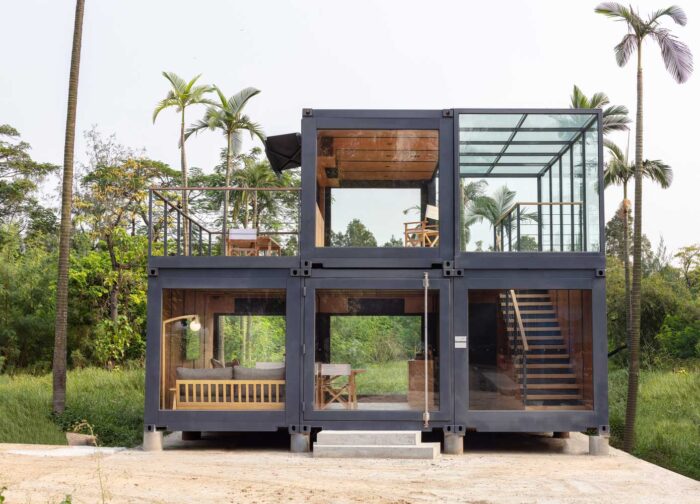
3.2 light steel keel frame house container
Light steel keel house containers are divided into the following 2 forms:
(1) The manufacturer has assembled the container structure of the house in the factory, then installed it on the base of the site of use and connected to water and electricity for use;
(2) The structural plates of the housing container are loaded into the container and transported by the manufacturer to the site of use after the factory production is completed, and then the individual plates are assembled and formed for use.
The light steel keel house container has a stable bottom structure system. The wall and roof are mainly steel keels. The wall is equipped with a decorative panel, the wall is covered with an external wall hanging. The keel mechanism of the decorative panel and hanging room is used to support the wall, and the top uses a light steel system plus an outer roof structure.
Compared with dry box housing containers, light steel keel house containers have the following advantages:
(1) More warm atmosphere;
(2) Fewer materials are used, and the difficulty of production is reduced;
(3) Eliminate the outer wall panel and the outer roof panel, and directly use the outer roof panel and the outer wall hanging board to effectively prevent rainwater from accumulating and leaking;
(4) The weight is lighter and more in line with the requirements of low carbon and environmental protection;
(5) Since its top is supported by a light steel keel, it has more structural plasticity and flexibility, and internal cutting is simpler and easier.
The electrical channel layout principle of light steel keel house containers is the same as that of dry box house containers, that is, the safety regulations of the area of use must be observed to ensure their safety.
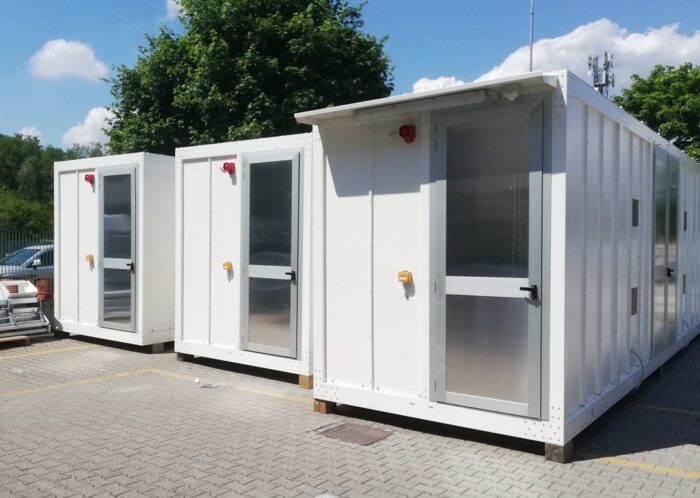
3.3 Plug-in housing container
Plug-in house containers are generally based on a 20-foot standard container.
The top and bottom of this type of housing container have corner parts that meet ISO 20-foot container transportation requirements. The corner parts have components connected to the corner column and form an overall structure with the top and bottom, which is easy and quick to assemble; the manufacturer completes the production of the top bottom, corner column, window and door structure and insulation board in the factory, and then uses the bottom of the box as the carrier, the top as the cover, and assembles it into 20 feet Standard container.
Since houses built from plug-in housing containers are spliced and installed, the waterway system needs to be designed in advance and then added on site.
If the house is assembled using multiple plug-in housing containers, the waterproof problem at the junction of the splicing box needs to be considered, and a special drainage mechanism needs to be designed.
The circuit of this type of housing container is generally arranged on the top and its side, and no circuit or water line is generally arranged on the wall except for switches and sockets. Due to the use of a pluggable connecting frame structure, plug-in housing containers are weaker in strength than dry-box housing containers, and are suitable for places with few rainwater and natural disasters.
3.4 Rotating house container
Rotating house containers are divided into side plate rotating house containers and side plate folding rotating house containers. The former expands a single standard container by rotating the side plate to 2 to 3 times the original house; the latter connects the plug-in housing container through a hinge and rationally arranges the side plate form to make it easy to fold and place, and can be rotated to meet the height requirements of use during use.
The front and rear ends of the side plate rotating house container are combined with the top bottom to form a fixed whole, with the top as the main body. An upper flap is added to the top beam, a rotating plate is added to the side column and rotates outward to become an end plate parallel to the front and rear ends, and an outward flipping hanging plate is added to the lower side beam. The container of this type of house is easy to transport and can guarantee the strength of the main structure. The sealing and support of the flipping hanging board are difficult design points.
The folding rotation of the side panel folding rotating house container is a difficult design point. It requires not only that the folding board not take up additional space, but also that it has maximum effective space after unfolding and rotating into a house, and also meets the requirements of water leakage prevention performance. Compared with the side panel rotating housing containers, the strength of such housing containers is reduced, and the wind resistance is also reduced.
The circuit arrangement of rotating house containers generally avoids rotating edges, so there is a great challenge in water circuit design and layout.
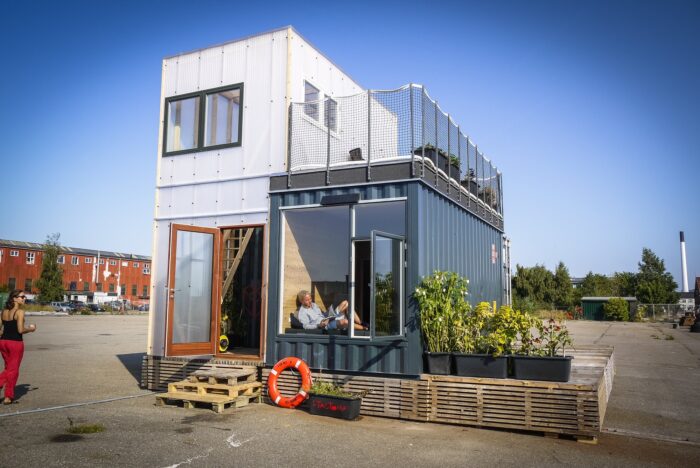
3.5 Pull-out housing container
A pull-out house container is actually a combination of two boxes. One side of the main box is closed and the other side is open. The secondary box is equivalent to a drawer. The design difficulty of this type of housing container is the convenience and fit of pulling, the rationality of the auxiliary box support, and the waterproofness of the seal after pulling and closing.
The circuit arrangement of this type of housing container is an on-site plug-in, and the waterway arrangement is a combination of pre-installation and on-site installation.
Pull-out house containers give full play to the expandability of containers. When used, one 40-foot housing box can be expanded into two 40-foot container-sized houses.
3.6 wooden house container
Wooden house containers use a wooden structure system and some steel structures. Generally, they are connected by nodes, and their interior and exterior are decorated with quick-assembly materials. When using wooden house containers, a foundation needs to be built in advance. The containers are transported to the installation site in a modular manner, and then the house is built through connections.
The water circuit for such housing containers generally uses the method of “external procurement+on-site installation”. Houses built of wooden housing containers have the advantage of being green and environmentally friendly and meet certain strength and stability requirements. Currently, such housing containers are widely used in Europe, America and Japan.
4. Concluding remarks
Building houses with housing containers requires the use of modern technology for intelligent design, modular production, and foolish assembly. At the same time, new technologies such as solar energy, light energy, wind energy, and air energy need to be combined with housing containers to truly form a characteristic industrial chain to expand the housing container market. The housing container industry is a new type of green and environmentally friendly industry, and its future development prospects are very promising.

